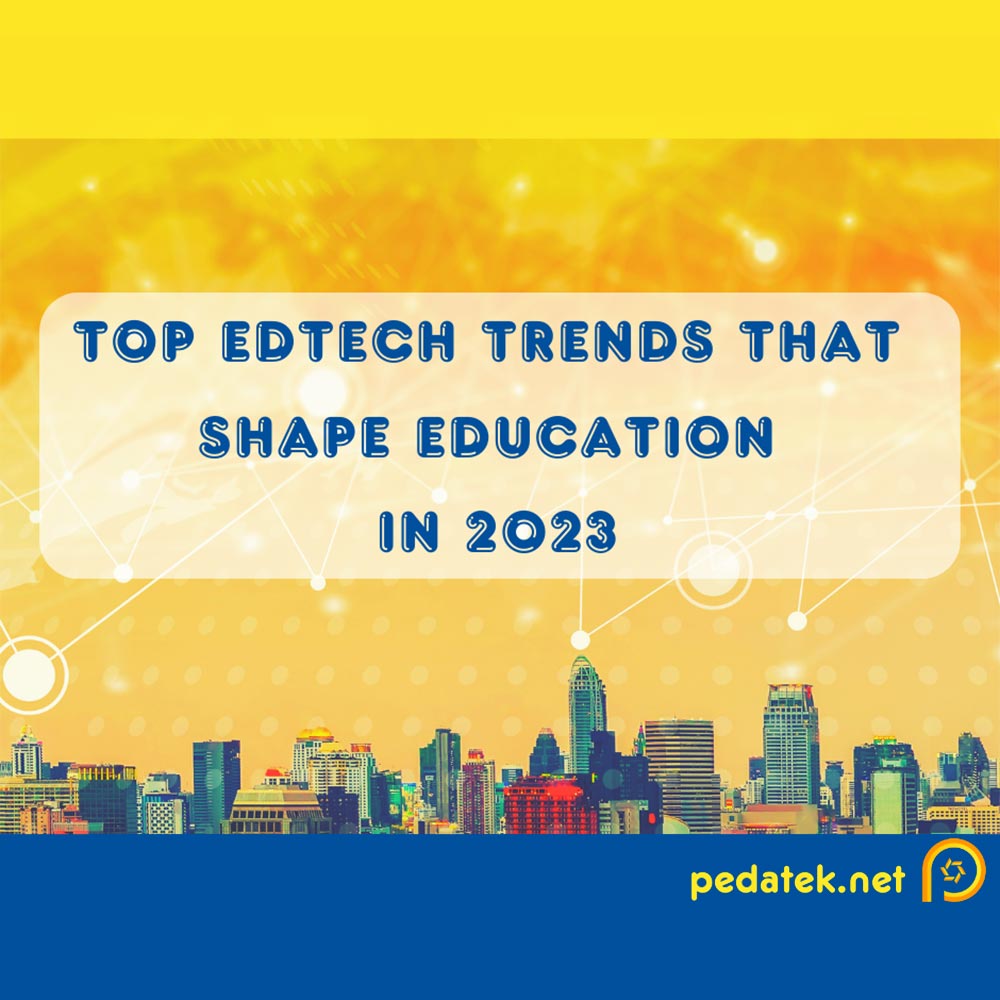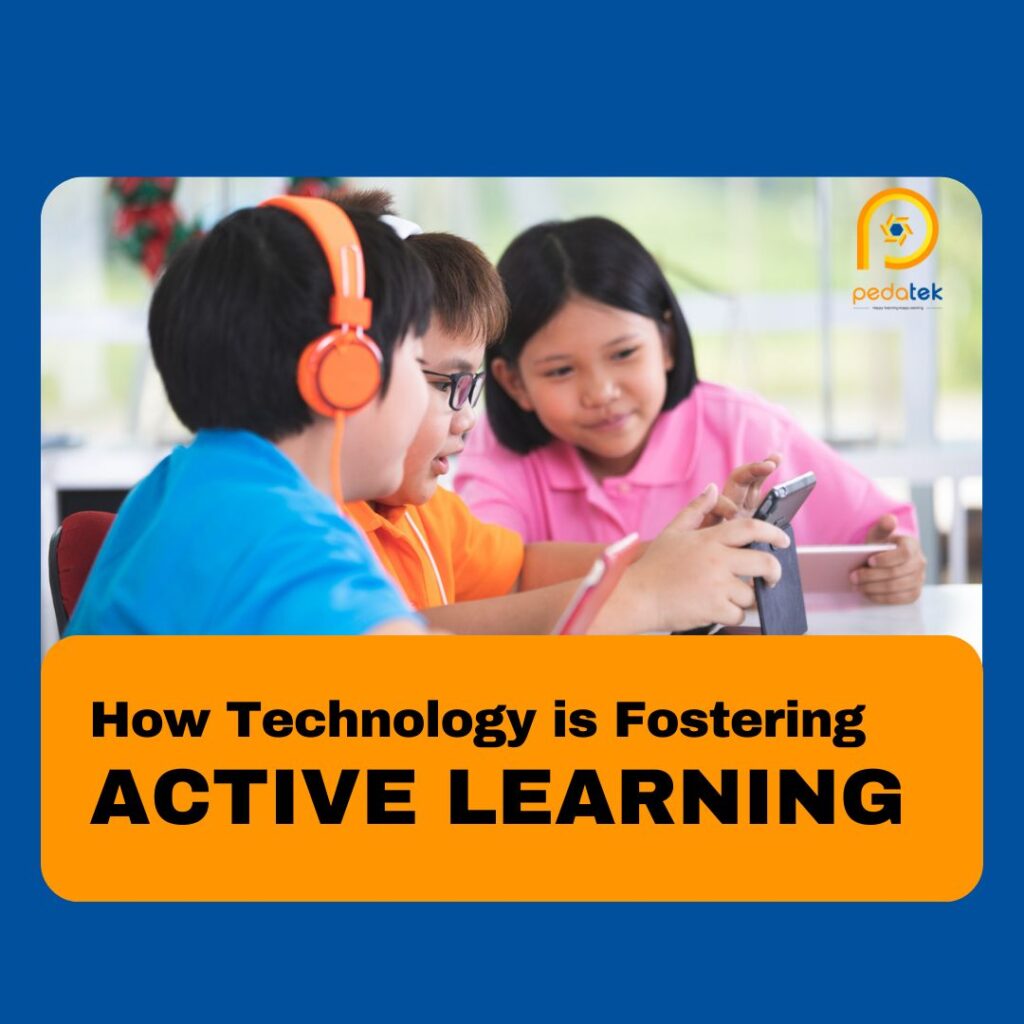Struggling with keeping students engaged?
Struggling to keep your students engaged and active in their learning process? You’re not alone, but there’s an exciting solution tailored for the digital age.
By integrating technology with Active Learning, classrooms become lively and vibrant spaces. This fusion leverages the best of today’s tech tools to breathe life into education, creating an interactive, immersive experience for students.
Let’s explore this powerful synergy that is shaping the future of learning.

Definition and Importance of Active Learning
Active Learning is not merely a teaching style or a fleeting trend. It’s a transformational approach that puts students at the heart of the learning process. The cornerstone of Active Learning is the encouragement of critical thinking. Students are prompted to question, analyze, and evaluate, rather than merely memorize information. They are guided to form opinions, make connections, and see the broader implications of what they learn. This fosters a deeper understanding and retention of material, making learning a stimulating intellectual exercise rather than a rote task. Through critical thinking, problem-solving, and collaboration, Active Learning replaces passive lectures with an energetic, dynamic learning environment. Combined with Edtech tools, this approach opens limitless possibilities for a modernized classroom experience.
The Connection between Active Learning and Technology
The integration of Active Learning with technology creates an environment where students are encouraged to think outside the box. Virtual reality, interactive whiteboards, and educational apps foster creativity by providing immersive experiences that can engage students on multiple levels. These tools can adapt to individual learning styles and paces, thereby enhancing comprehension. Technology offers platforms that enable seamless collaboration. Tools like Google Classroom and Microsoft Teams make it easier for students to work on projects together, share ideas, and provide feedback. Teachers can also participate and guide, forming a cohesive learning community. This interconnectivity fosters a sense of shared purpose and a deeper understanding of the subject matter.
Advantages of Merging Active Learning with Technology
The power of technology in Active Learning transcends mere interaction. It’s a gateway to an individualized, resonating educational experience. Here’s how:
Engagement is the lifeblood of Active Learning. With Technology Integration, engagement blossoms. Virtual reality, educational apps, online quizzes – these tools inject excitement into learning. Say goodbye to boredom and welcome an era of vibrant, passionate Student Engagement.
In an interconnected world, collaboration is key, and technology offers platforms to foster seamless communication and teamwork. Platforms like Google Classroom and Microsoft Teams allow students to work together, brainstorm, and construct knowledge. Collaborative Learning isn’t just a concept; technology makes it a tangible reality.
Every student is unique, and technology celebrates this diversity by enabling Personalized Learning. AI, adaptive learning systems, and data analytics allow teachers to create learning paths tailored to individual needs. No more one-size-fits-all; it’s time for personalized, precise education.
Conclusion
The integration of Active Learning with technology signifies more than just a trend; it marks a profound change in the educational landscape. It serves as a call to action for educators to seize the opportunities of the digital age, transforming learning into a more engaging, collaborative, and individualized experience. In our upcoming posts, we’ll explore specific tools and strategies that educators can employ to foster Active Learning in the classroom. These insights and practical suggestions will guide teachers and administrators in enhancing the educational journey. Remember to follow us for these valuable insights.



